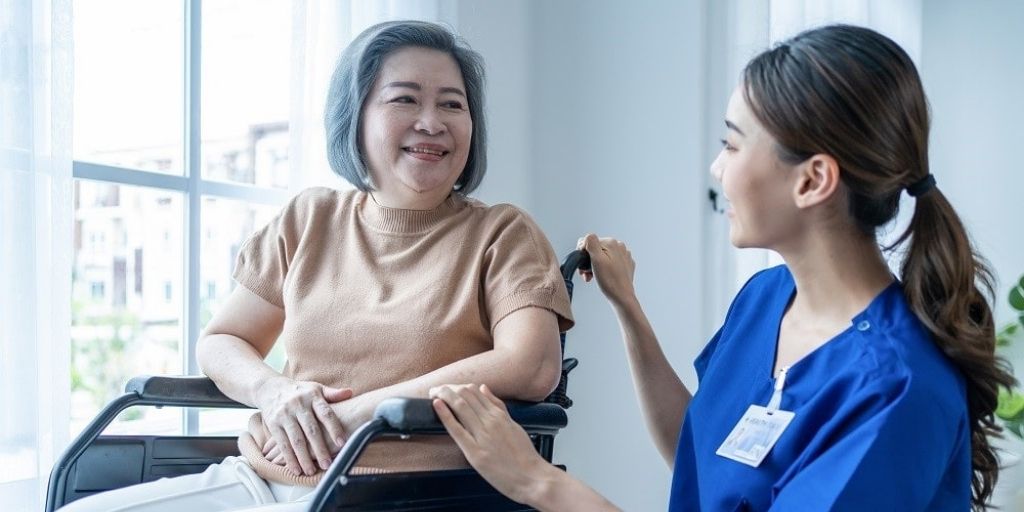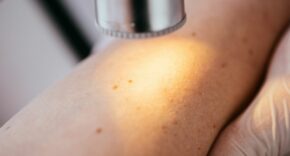 It is well documented that the NHS is stretched in terms of available resources, an issue escalated by the Covid-19 pandemic. In a time when hospital waiting lists are at all-time highs, one significant way to help relieve the problem is to alleviate the pressure in social care, and to facilitate the safe return of vulnerable and important people (VIP) to their own homes, while minimising the chance of readmission.
It is well documented that the NHS is stretched in terms of available resources, an issue escalated by the Covid-19 pandemic. In a time when hospital waiting lists are at all-time highs, one significant way to help relieve the problem is to alleviate the pressure in social care, and to facilitate the safe return of vulnerable and important people (VIP) to their own homes, while minimising the chance of readmission.
Even though new technology won’t be able to solve all the problems the NHS and social care industry are facing, it can play an important role in improving the quality of care for both the caregivers and those they are caring for. And so, the adoption of innovative technologies is crucial in ensuring long-term sustainability in the health and social care sector.
Helen Dempster, Founder and Chief Visionary at Karantis360 explore how technology adoption in the health sector can support the independence of spousal and family carers that this sector so urgently requires.
Diagnosis delivery
In most cases, any type of early serious medical diagnosis can send shock waves through a family. However, this is not a ‘be all and end all’ as widely first assumed. Most people only receive a diagnosis when their symptoms have become progressively worse and the effectiveness of treatments and therapies may have decreased by this point, placing a greater burden on families and carers.
It is essential to provide a timely diagnosis in order to ensure that not just the person who has been diagnosed, but also their families and caregivers, are well supported. When diagnosed early, vulnerable people, their families and caregivers can access services and support geared towards helping them live safely and independently as well as planning for future care.
Moreover, it allows people to spend more time discussing complicated matters; such as legal and financial decision-making, with supporting data and without fear of being judged. In recent years, public and professional education on many illnesses have improved. In turn, we have seen a general increasing trend for people to seek a diagnosis earlier when they become more ill.
Supporting Spouses and family
Family members and friends have historically met the support and assistance needs of chronically ill VIP’s at home. However, a VIP’s needs have changed and accelerated due to the expansion of outpatient care and the shortening of hospital stays. In large part, the accessibility, willingness and ability of a VIP’s informal support system to meet their needs and provide for their care, determines the feasibility of maintaining chronically ill people at home. It is, therefore, imperative to understand how this care will affect the family.
By providing evidence-based remote monitoring technologies to vulnerable individuals, social care providers can optimise their resources effectively, which will form the basis for their ability to deal with the increasing need to be independent.
Out-of-date telecare models widely used within the social care sector have created something of a misnomer that have exacerbated the current care crisis. By providing only reactive alerts and alarms, it fails to address the real issue for people living at home and the pressures faced by those responsible for their care.
The sector needs smarter, more proactive and focused monitoring technologies that adopt approaches such as AI (Artificial Intelligence) and ML (Machine Learning) to identify the patterns and trends of daily life, and that can recognise when changes in behaviors occur – indicating potential issues in advance of any patient behaviors becoming acute. This type of solution will both better support the person living at home, as well as give care practitioners better visibility on how that person is managing and where their time and care is needed the most.
Additionally, this type of technology aims to provide families and caregivers with intelligence and insight that they can use to make better informed care decisions. By using digital solutions, spousal carers can not only become more independent themselves, but they can rely on the technology to detect warning signs, whilst keeping families, friends, and communities connected within a larger web of support and care.
Ease of Accessibility
Diagnosis is a hard pill to swallow for many. Alongside this, VIP’s can become stubborn. They may feel as if they’re being forced into moving into a care home straight away to alleviate any pressure on the family – potentially leading to an accelerated negative impact on their health. Instead, spousal and social care givers can utilise technology to support the VIP, allowing them to stay in their own environment and enjoy home comforts. The data collected is very reliable, and therefore, supports and educates family members while giving them peace of mind that their loved one is safe at home whilst they go out and do the weekly shopping.
Additionally, spousal carers can build up an understanding of an individual’s daily routine by placing discrete sensors in their homes and looking for meaningful changes that may suggest a problem. The data that non-intrusive sensors collate throughout a two-week learning period tracks the VIP’s movements, meaning that family members and carers can have peace of mind when leaving their relatives at home. Using this type of technology eases the pressure from carers and creates independence for both the carer and VIP.
As a result, families, and caregivers can get reassurance by knowing three things without delay: is my loved one safe? Do they need assistance now? Does anything in their everyday lives need my attention? The potential of this technology to transform the way health and social care is delivered is immense, and can be used to develop and support new integrated ways of working across both the NHS and social care.
In addition to medication management and reconciliation, caregivers increasingly rely on technology for information about treatment, diagnosis, and finding support and services. By using in-home technologies, caregivers can coordinate healthcare services across providers, manage treatments, and keep track of the various activities of daily living necessary to care for a family member or friend.
As technology-based solutions continue to develop, family caregivers will be able to ease some of the burden they bear, as they will be able to better coordinate the demanding tasks and complex networks of relationships associated with caring for others. Technology alone cannot replace human care. But, amidst the social care crisis and carer shortage, this type of technology can provide a full, detailed and accurate overview of the individual. As a result, they will be able to deliver better care as well as improve the health of both caregivers and VIPs.










